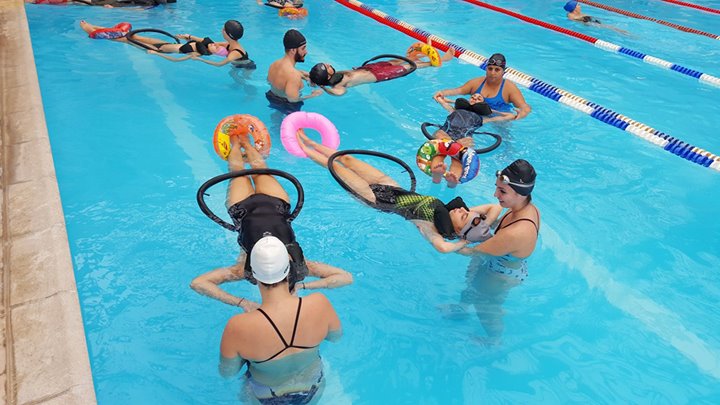The waters of Bad (Bath) Ragaz, Switzerland enjoy a long history of healing, which began in 1240 when hunters from the local monastery discovered an extraordinary warm thermal spring in the Tamina Gorge, close to the nearby Mountain town of Pfäfers.

Lowered into the gorge to reach the healing waters
Bathing activities started soon afterwards by drilling bathtubs into the rocks of the narrow gorge. Pilgrims journeyed to the Abbey of Pfäfers to bathe in their thermal waters. Because of the dangerous entry, spa guests were lowered down into the gorge on ropes and would soak for 6 – 7 days continuously until they developed open sores on their body – a sign (they believed) that it was working.
In 1535 the doctor and philosopher, Paracelsus, testified to the healing powers of the thermal springs, which due to the water’s low mineral content and temperature of 36.5°c, was regarded as a warm spa. Thus began the age of spa tourism.
In 1630 the water was funneled 450 metres in wooden channels to the outlet of the gorge and in 1716 the earliest baroque bathhouse in Switzerland was built below the Benedictine Monastery in Pfäfers.
Despite the great difficulties of travel at the time, the mineral spring became an important destination for countless people longing for better health.
Demand increased, such that in 1840 the thermal waters were being piped down the mountain to the more accessible town of Ragaz, four kilometres away in the St Gallen Rhine Valley. Participants would sit in the waters for hours to find the cure for their physical and mental complaints and luxury hotels sprang up to accommodate wealthy travellers.
In the first part of the 20th century, as knowledge about the medical benefits of exercise began to evolve, physiotherapists started using the waters to actively treat patients with peripheral lesions and decreased range of motion. They would bind the patients on plinths in the water to provide resistance to their movements and simple one-dimensional land-based movements were performed in the warm water.
In 1957, the Wildbader exercises of a German physician called Knupfer were brought to the thermal spas. Knupfer developed exercises in which the patient was supported by rings or floats around their neck, arms, pelvis and knees while lying horizontally in the water. Knupfer felt that the hydrodynamic and thermal properties of the water, combined with unique non-weight-bearing exercises, would promote excellent patient results.
The Wildbader exercises were later modified to make a closed kinetic chain possible while floating supine in the water. In these Bad Ragaz Ring Method exercises, the therapist held the patient at a “fixed point”; this is the point about which all movement will occur. As the therapist stabilizes the fixed point (e.g., the foot), the patient attempted to move that fixed point (e.g., by bringing the knee to the chest). Since the therapist prevents that movement, the patient’s body moves instead, the knee bends, and the buttocks move towards the feet.
Further development of the Bad Ragaz Ring Method movement patterns continued and those used today originated in 1967, when Margaret Knott’s proprioceptive neuromuscular facilitation (PNF) patterns were first integrated into the exercises. PNF patterns are spiral, diagonal movements meant to emulate functional movement patterns.
For more information please visit the Bad Ragaz Ring Method Network.
References:
https://www.badragazringmethod.org/en/history-bad-ragaz-ring-method
https://www.resortragaz.ch/en/est-1242/thermal-water.html
https://www.myswitzerland.com/en-au/bad-ragaz.html
Click to access To_study_innovations_in_aquatic_physiotherapy_S_Heywood_2008.pdf
https://www.ncbi.nlm.nih.gov/pubmed/8184229https://wanderingcarol.com/bad-ragaz-luxury-spa-switzerland/

